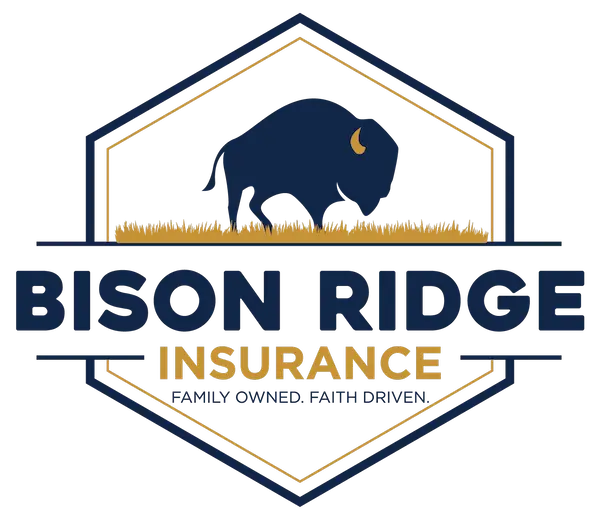Full Coverage? Here’s What You Need to Know
When people hear the term “full coverage” in car insurance, they often assume it means their policy covers absolutely everything. Unfortunately, that’s not the case. The phrase “full coverage” isn’t a specific type of insurance but rather a combination of different coverages that protect you in various situations. Understanding what’s actually included in full coverage can help you avoid unexpected costs and ensure you have the protection you need.
What Does Full Coverage Actually Include?
In most cases, what people refer to as full coverage is a policy that includes these three main components:
1. Liability Coverage
Liability insurance is required in most states and protects you if you’re responsible for an accident. It covers:
Bodily Injury Liability (BIL): Pays for medical expenses, lost wages, and legal fees if you injure someone in an accident.
Property Damage Liability (PDL): Covers damage to another person’s property, such as their car, fence, or building.
Liability insurance does not cover any damage to your own vehicle—only damage you cause to others.
2. Collision Coverage
Collision insurance helps pay for damage to your own vehicle after an accident, regardless of who was at fault. This includes:
Crashes with other vehicles
Hitting a stationary object, like a tree or pole
Rollovers
If you have a car loan or lease, your lender will typically require collision coverage as part of your policy.
3. Comprehensive Coverage
Comprehensive insurance protects your car against damage that isn’t caused by a collision. This includes:
Theft: If your car is stolen, comprehensive coverage can help cover the cost of replacing it.
Natural disasters: Damage from hurricanes, tornadoes, floods, or hail.
Vandalism: If someone damages your car intentionally.
Falling objects: Such as tree limbs or debris.
Animal collisions: If you hit a deer, comprehensive coverage can help pay for the repairs.
Common Misconceptions About Full Coverage
Even with liability, collision, and comprehensive coverage, full coverage does not mean “everything is covered.” There are still several situations where your policy may not provide protection unless you add extra options. Here are some common gaps:
1. Mechanical Repairs and Maintenance
Your car insurance does not cover mechanical breakdowns, wear and tear, or general maintenance like oil changes and brake replacements. If you want protection for unexpected repairs, consider an extended warranty or mechanical breakdown insurance (MBI), which is sometimes offered by insurers.
2. Rental Car Reimbursement
If your car is in the shop due to an accident, your standard full coverage policy won’t automatically cover the cost of a rental car. Rental reimbursement coverage is an optional add-on that helps pay for a rental while your vehicle is being repaired.
3. Gap Insurance
If your car is totaled and you owe more on your loan than the car’s actual cash value, you’ll have to pay the difference out of pocket—unless you have gap insurance. This coverage is especially important for newer cars that depreciate quickly.
4. Roadside Assistance
Towing, jump-starts, and lockout services aren’t covered under a standard full coverage policy. If you want protection for emergencies, consider adding roadside assistance to your plan.
5. Accident Forgiveness
Many drivers assume full coverage includes accident forgiveness, which prevents your rates from increasing after your first at-fault accident. However, this is usually an optional benefit that must be added to your policy.
How to Make Sure You Have the Right Coverage
Since full coverage isn’t a one-size-fits-all policy, it’s important to review your coverage regularly and adjust it based on your needs. Here are a few steps to ensure you’re properly protected:
Start a quote comparison with Bison Ridge Insurance: The most surefire way to check your coverages and make sure you’re fully protected is by starting a quote with us. We’ll review your current policy, identify any gaps, and provide a comprehensive comparison to ensure you’re getting the best coverage for your needs.
Review your deductible: Higher deductibles can lower your premium, but make sure you can afford the out-of-pocket cost if you need to file a claim.
Consider add-ons: If you need rental reimbursement, roadside assistance, or gap insurance, ask your agent about adding these to your policy.
Get a policy review: Insurance needs change over time. If you’re unsure whether your coverage is sufficient, reach out to your agent for a policy review.
Work with Bison Ridge Insurance for the Right Coverage
Understanding your insurance policy is key to avoiding costly surprises. At Bison Ridge Insurance, we make sure you’re covered the right way—no guesswork, no gaps. Whether you’re looking for a better rate, checking your coverages, or just want peace of mind, we’re here to help.
